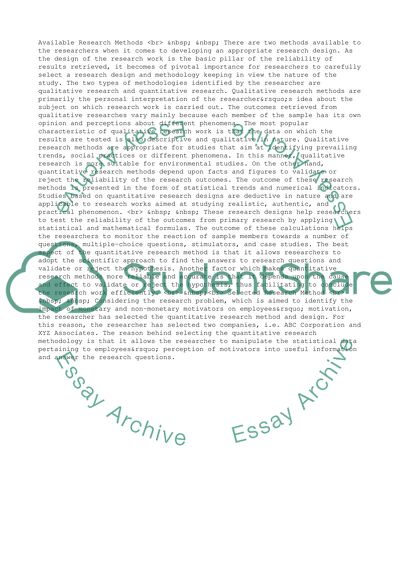Cite this document
(Propose and Justify Research Method and Design Term Paper, n.d.)
Propose and Justify Research Method and Design Term Paper. Retrieved from https://studentshare.org/management/1486574-propose-and-justify-research-method-and-design
Propose and Justify Research Method and Design Term Paper. Retrieved from https://studentshare.org/management/1486574-propose-and-justify-research-method-and-design
(Propose and Justify Research Method and Design Term Paper)
Propose and Justify Research Method and Design Term Paper. https://studentshare.org/management/1486574-propose-and-justify-research-method-and-design.
Propose and Justify Research Method and Design Term Paper. https://studentshare.org/management/1486574-propose-and-justify-research-method-and-design.
“Propose and Justify Research Method and Design Term Paper”, n.d. https://studentshare.org/management/1486574-propose-and-justify-research-method-and-design.


